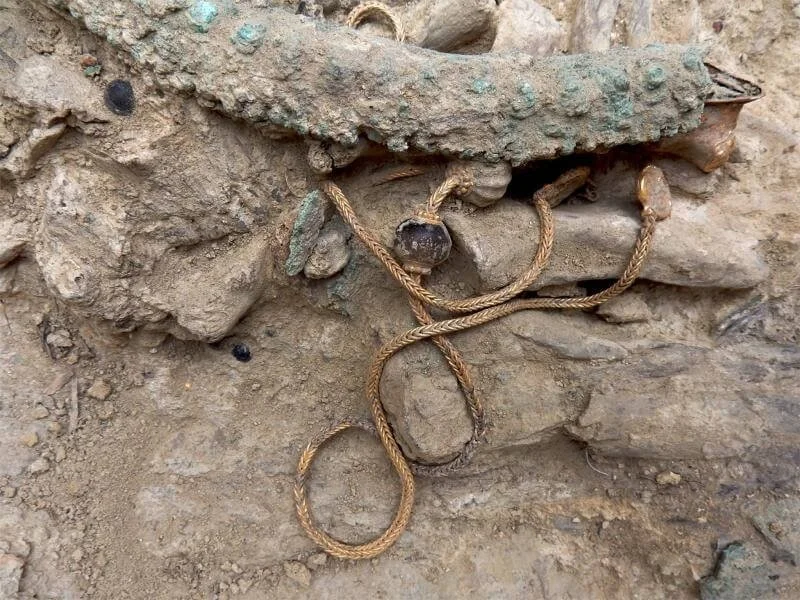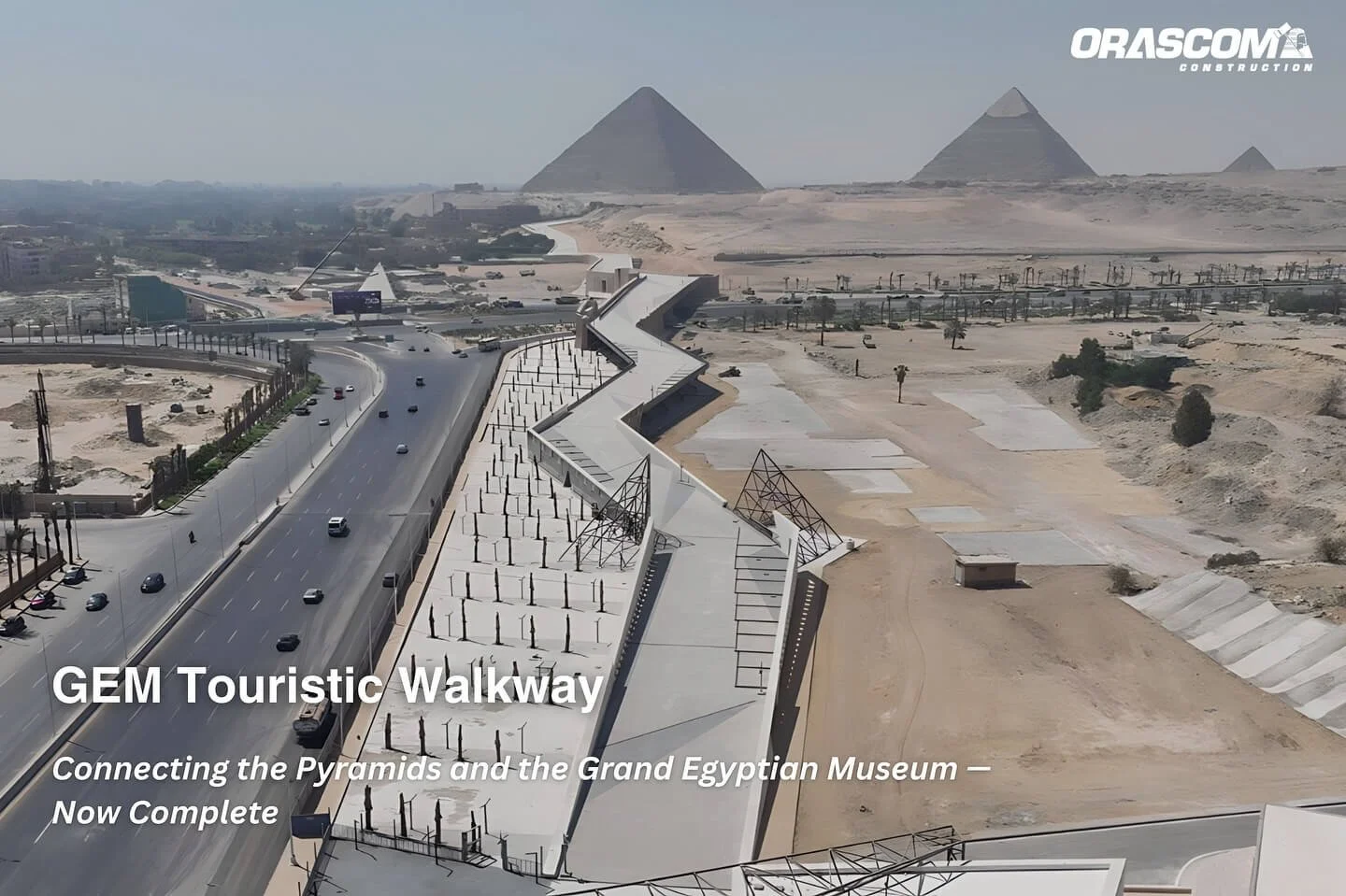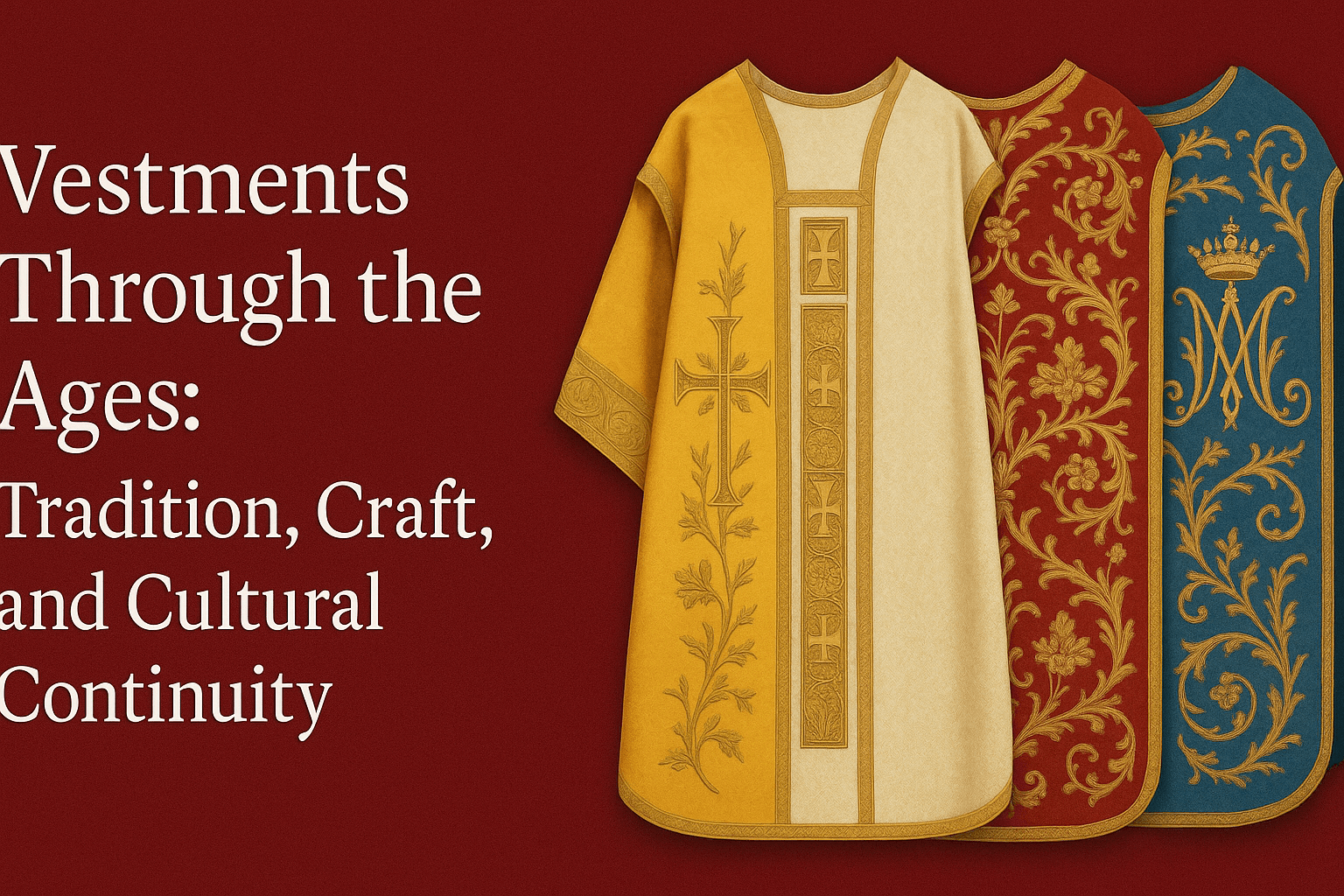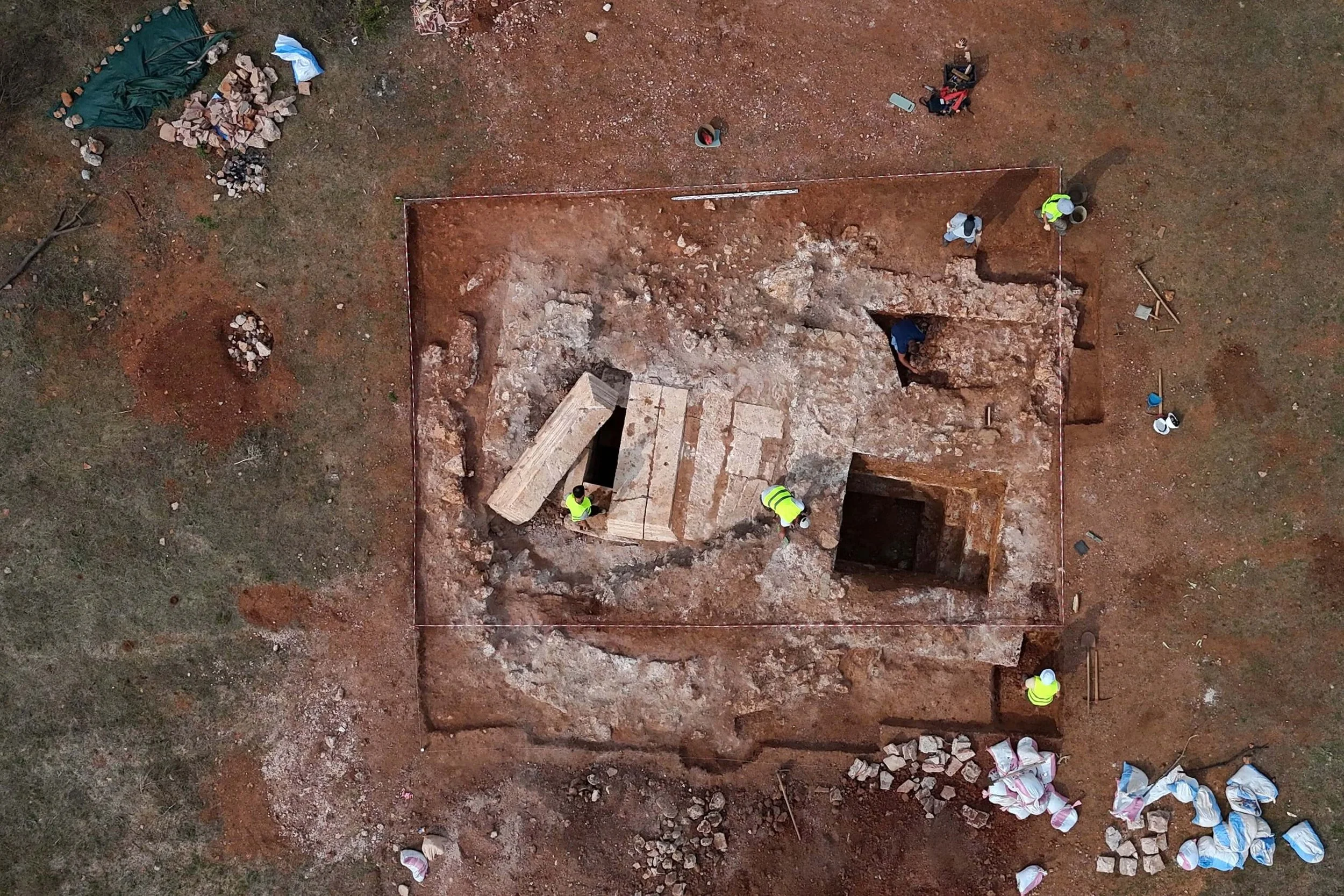Recent genetic research suggests that European hunter-gatherers may have crossed the Mediterranean and reached North Africa around 8,500 years ago. This discovery, based on DNA extracted from ancient human remains found in Tunisia and northeastern Algeria, provides the first clear genetic evidence of contact between early European and North African populations.
Groundbreaking Genetic Evidence
A study published in Nature analyzed ancient DNA from individuals in the eastern Maghreb region, revealing that at least one person had approximately 6% European hunter-gatherer ancestry. This finding supports earlier theories proposed by biological anthropologists, who speculated about interactions between these populations based on skeletal traits. However, until now, such claims lacked genetic proof.
"Thirty years ago, these ideas seemed highly speculative, but our new genomic data confirms them," said one of the study’s co-authors.
Stone Age Migrations and Cultural Transitions
The Stone Age, which began about 3 million years ago and ended roughly 5,000 years ago in parts of North Africa and Europe, saw major shifts in human societies. Initially, both European and North African populations lived as hunter-gatherers, but they gradually transitioned to farming during the Neolithic period (circa 10,000–2,000 B.C.).
While previous research focused on the western Maghreb (modern-day Morocco), genetic studies of the eastern Maghreb were scarce. Earlier findings showed that populations in the western Maghreb had up to 80% European farmer ancestry, likely due to migration through the Strait of Gibraltar around 7,000 years ago. In contrast, the new study indicates that eastern Maghreb populations remained largely isolated, with minimal European farmer influence—yet they exhibited signs of earlier hunter-gatherer contact from Europe.
Unraveling the Mystery of Early Mediterranean Voyages
Archaeologists examined the DNA of nine individuals who lived between 6,000 and 10,000 years ago in the eastern Maghreb. One individual, dated to 8,500 years ago, exhibited traces of European hunter-gatherer DNA, suggesting that some hunter-gatherers may have sailed across the Mediterranean in wooden canoes or similar watercraft.
Until now, little was known about how farming spread into North Africa. The genetic data fills a crucial gap in our understanding of ancient migrations and cultural exchanges between Africa and Europe. Researchers hope that continued studies in the region will further clarify these early interactions and the role of maritime travel in shaping prehistoric societies.
Looking Ahead
This discovery marks a significant step in reconstructing the movement of ancient populations and their interactions. As more ancient DNA samples are analyzed, scientists expect to uncover additional details about the genetic and cultural history of early humans in North Africa and beyond.
With further research, we may better understand how hunter-gatherers braved the Mediterranean’s vast waters, forging unexpected connections that shaped human history.






















































